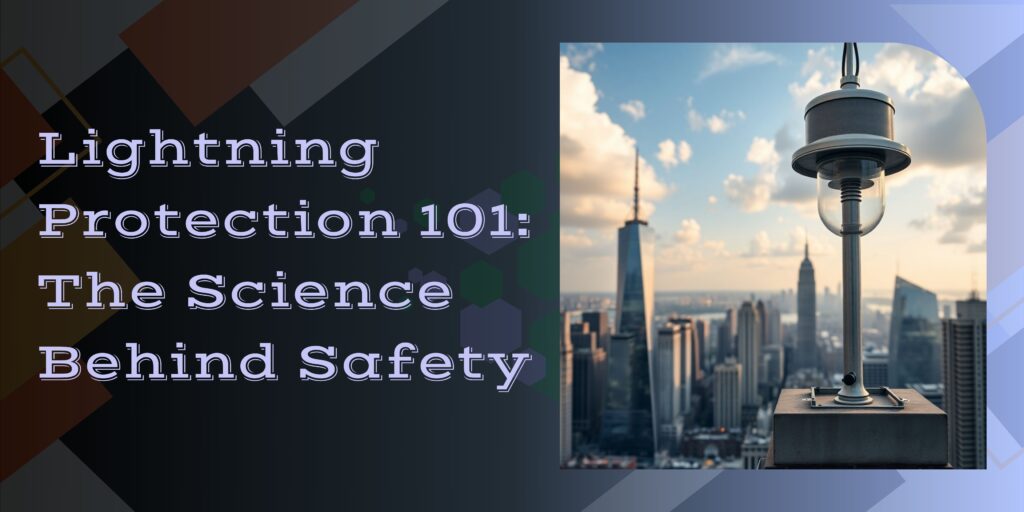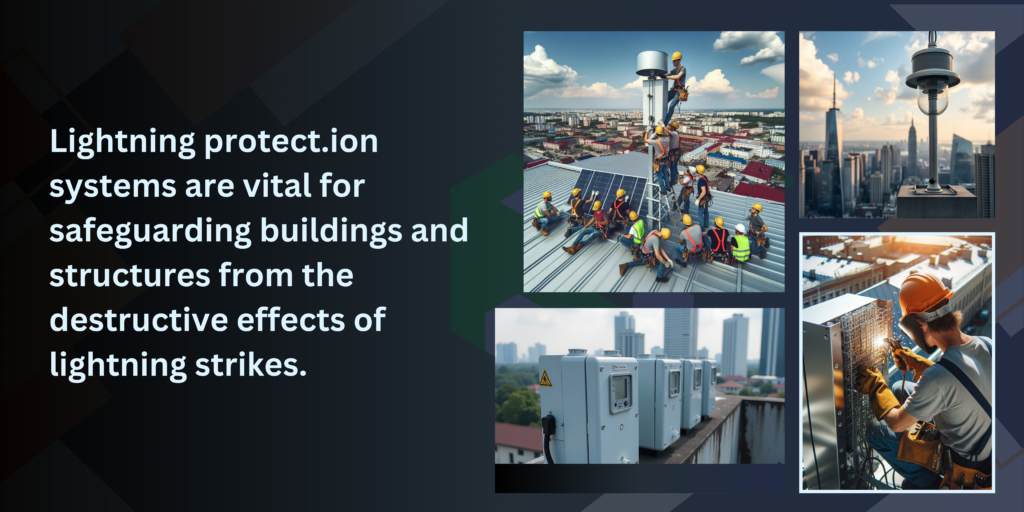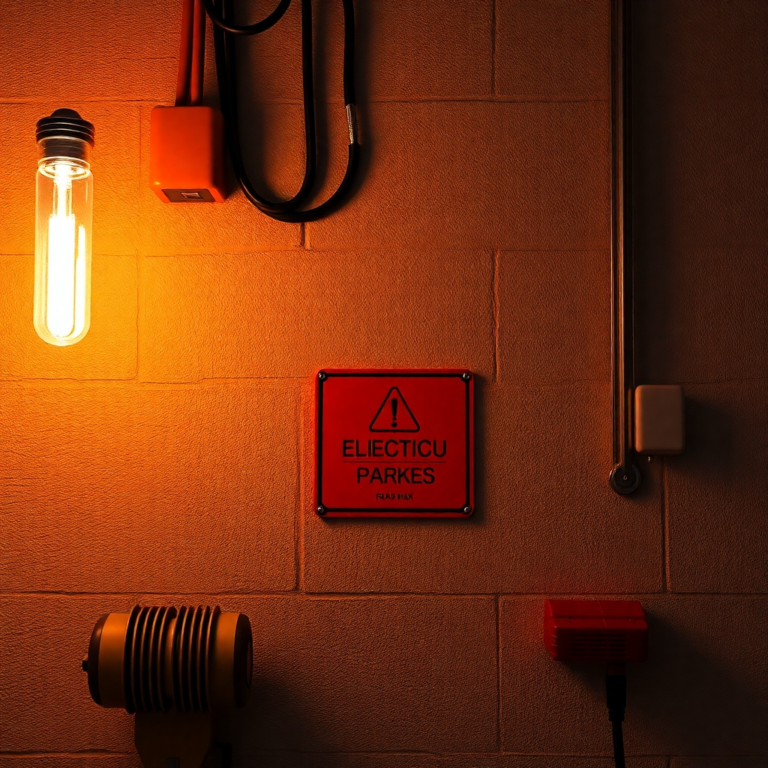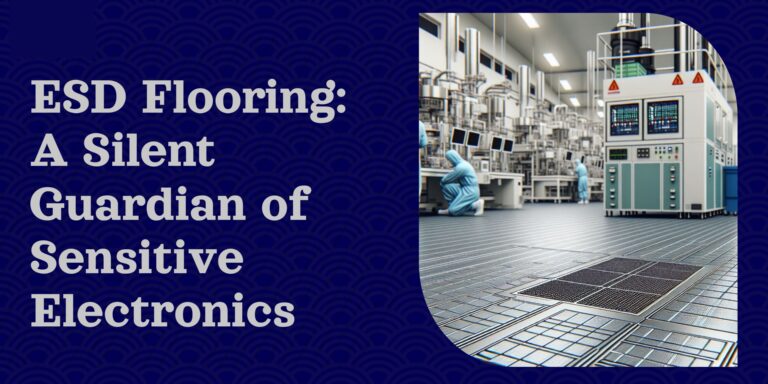
Lightning Protection Overview
Lightning protection systems are designed to safeguard buildings and structures from the devastating effects of lightning strikes. By providing a direct path for the electrical discharge to reach the ground, these systems prevent fires, structural damage, and electrical surges that can destroy valuable assets.
The concept of lightning protection dates back to the 18th century when Benjamin Franklin invented the lightning rod. Over the centuries, the technology has evolved significantly, incorporating advanced materials and designs to enhance effectiveness.
Globally, lightning strikes cause billions of dollars in damage each year. In the United States alone, insurance claims for lightning-related damages amount to approximately $1 billion annually
Effective lightning protection systems are essential for safeguarding buildings and structures, as they utilize scientifically proven methods to prevent damage and ensure safety by directing lightning strikes safely into the ground.
Understanding Lightning Protection and Its Impact on Your Assets
Section 1: Lightning
Lightning is a giant spark of electricity that occurs naturally. It forms when ice crystals and water droplets collide within storm clouds, creating a separation of electrical charges. This charge buildup eventually leads to a powerful discharge of electricity, often visible as a bright flash of light followed by thunder.
Section 2: The Science Behind Lightning Protection
Lightning protection systems harness the principles of physics to safeguard structures from lightning strikes. These systems typically consist of lightning rods, conductors, and grounding systems.
Lightning rods, also known as air terminals, attract lightning strikes and safely channel the electric current into the ground. Conductors, usually made of copper or aluminum, guide the electrical current from the air terminals to the grounding system. The grounding system disperses the electrical energy safely into the earth.
Here is a Detailed Discussion of the Different Types of Crucial Materials Used in Lightning Protection and Their Properties
- Copper: known for its excellent conductivity and durability, serves widely in lightning protection systems
- Aluminum: A cost-effective alternative to copper, aluminum is lightweight and easy to install.
- Galvanized Steel: Offers a good balance of conductivity and corrosion resistance, commonly used for grounding rods
Section 3: Installation Process
As per lightning protection experts, the installation of a lightning protection system requires careful planning and design. Factors such as the building’s size, location, and local building codes must be considered.
Once the design is finalized, installers follow several steps during the installation process. First, they install air terminals at strategic locations on the structure. Next, they connect conductors to the air terminals and route them to the grounding system. The grounding system, typically a network of buried conductors, provides a low-resistance path for the electrical current to flow into the earth.
The Role of Lightning Protection

Numerous studies and real-world examples demonstrate the effectiveness of lightning protection systems. These systems significantly reduce the risk of property damage by playing a crucial role in preventing fires, protecting electrical systems, and ensuring the safety of occupants. They are essential for both residential and commercial buildings, as well as critical infrastructure like power plants and communication towers.
Common Myths and Misconceptions
Lightning is a natural phenomenon that has fascinated and frightened humans for centuries. Despite advances in scientific understanding, many misconceptions and myths about lightning persist around the world. This analysis explores some of the most common myths and provides scientifically backed explanations to debunk them.
Myth 1: Lightning Never Strikes the Same Place Twice
Reality: Lightning often strikes the same place multiple times, especially if it is a tall, isolated object. For example, Lightning strikes the Empire State Building in New York City about 25 times per year. This myth likely stems from the randomness of lightning strikes, but in reality, certain structures are more prone to repeated strikes due to their height and location.
Myth 2: Lightning Only Strikes the Tallest Objects
Reality: While taller objects are more likely to be struck, lightning can strike anywhere. It does not exclusively target the tallest structures. Lightning can hit the ground, vehicles, and even people in open fields. This myth can lead to dangerous behavior, such as seeking shelter under tall trees during a storm, which is actually one of the most dangerous places to be.
Myth 3: Being in a Car with Rubber Tires Protects You from Lightning
Reality: The safety of being in a car during a lightning storm is due to the metal roof and sides, which conduct the lightning around the occupants and into the ground. The rubber tires have little to do with protection. Convertibles, motorcycles, and bicycles do not offer the same protection and can be very dangerous during a storm.
Myth 4: Lightning Victims Carry an Electrical Charge and Are Dangerous to Touch
Reality: The human body does not store electricity. It is safe to touch and provide first aid to someone who has been struck by lightning. This myth can prevent timely medical assistance, which is crucial for the survival and recovery of lightning strike victims.
Myth 5: If You Are Outside During a Storm, Lying Flat on the Ground Will Protect You
Reality: Lying flat on the ground increases your risk as ground current from a lightning strike can spread out and affect you. Instead, it is safer to crouch down with your feet together and minimize contact with the ground. This position reduces the risk of ground current passing through your body.
Myth 6: Lightning Only Occurs During Rainy Weather
Reality: Lightning can strike even when it is not raining. “Bolts from the blue” are lightning strikes that occur miles away from the parent thunderstorm, under clear skies. This myth gives a false sense of security and increases the risk of being caught unprepared.
Myth 7: Trees Provide Safe Shelter from Lightning
Reality: Taking shelter under a tree is extremely dangerous. If lightning strikes the tree, the electrical current can travel through the ground and affect anyone nearby. Lightning often strikes trees because their tall and isolated nature makes them more likely targets.
The Future of Lightning Protection
Emerging technologies like Early Streamer Emission (ESE) devices and advanced surge protection systems are enhancing the effectiveness of lightning protection. These innovations aim to provide broader coverage and more reliable protection.
The global lightning protection market is expected to grow significantly, with projections indicating an increase from $10.04 billion in 2023 to $14.17 billion by 2032.
According to the report published by Zion Market Research, the global Lightning Protection Systems Market size was valued at USD 10.04 Billion in 2023 and is predicted to reach USD 14.17 Billion by the end of 2032. The market is expected to grow with a CAGR of 3.90% during the forecast period.
Conclusion
Lightning protection systems are vital for safeguarding buildings and structures from the destructive effects of lightning strikes. By understanding the science behind these systems and staying informed about emerging technologies, property owners can ensure the safety and longevity of their assets.
Consider installing a lightning protection system with the experts to protect your property and share this information with others to raise awareness about the importance of lightning safety.
For more information on a similar content, check out related articles and resources on our website.

References:
- 5 striking facts versus myths about lightning you should know | National Oceanic and Atmospheric Administration. (2020, August 19). Www.noaa.gov. 5 striking facts versus myths about lightning you should know | National Oceanic and Atmospheric Administration
- admin. (2024, February 24). History of Lightning Protection System – Lightning Protection System. Coastal Lightning Rods. https://www.coastallightningrods.com/lightning/history-of-lightning-protection-system/
- Lightning Protection Systems Market By Type (lightning rod without wire systems, lightning rod systems, and lighting conductor with meshed cage systems), By The End-user industry (military, aviation industry, space and research, telecommunication industries, construction industry, and others) And By Region: – Global and Regional Industry Overview, Market Intelligence, Comprehensive Analysis, Historical Data, and Forecasts, 2024-2032. (2024). Zion Market Research. https://www.zionmarketresearch.com/report/lightning-protection-systems-market
- Lightning safety: 10 myths—and the facts | III. (n.d.). Www.iii.org. Lightning safety: 10 myths—and the facts | III
- Materials For Lightning Protection System. (2022, May 23). Cikit. https://www.cikit.in/selection-of-materials-for-lightning-protection-system/
- The Conversation. (2024, March 2). New data offers a more accurate picture of lightning strikes across the U.S. Fast Company. https://www.fastcompany.com/91041966/us-yearly-lightning-ground-strikes-damage-prevention













